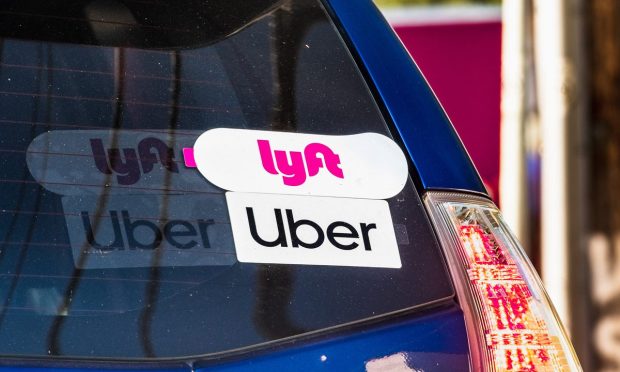After Being Cut in Half, Uber and Lyft Need to Cross-Sell Their Way Back in Business

Rides rebound. Delivery is still in demand. But all eyes are on the cross-selling opportunities.
If Uber’s latest results show anything — in addition to a more than doubling of the top line — it’s that the extensible platform model has legs.
Even in a period of high inflation.
Consumers pivot, and the drivers pivot too, with an eye on balancing out supply and demand, wherever demand may be.
And, like other companies in other verticals, spending has recovered to surpass 2019 levels.
Supplemental materials released by the company in tandem with earnings show that mobility bookings, across all segments, were up versus 2019.
Taken as a whole, gross bookings were up 35% year over year to $26.4 billion. Drill down a bit and gross bookings in mobility surged by 62% to $10.7 billion, while in the delivery segment, that metric was up 15% to $13.9 billion. Freight surged, in part due to the late 2021 acquisition of Transplace — and top line for this segment was $1.8 billion, up 506% year on year.
Management said on a conference call with analysts that even after the end of the quarter, and well into April, booking activity still was above 2019’s levels.
Uber’s results stand in contrast to Lyft, where shares of the latter company plummeted in the wake of its own earnings report.
As of Wednesday morning (May 4), Lyft shares were down 31%, as investors voted with their feet over concern about costs and the company’s forecasts. Lyft has been relatively concentrated in its business (and on mobility) and will have to spend money to keep and attract drivers via incentives.
In comments that spotlight the continued rise of the connected economy, Lyft President John Zimmer said: “In much the same way you can’t use a mobile phone without attaching it to one of the big wireless networks, in the not-too-distant future, it will become impossible to imagine using a car and other modes of transportation without connecting to a network.”
Read more: Lyft CEO Sees ‘Third Chapter’ as All About the Network
Calling this the “third chapter” of the company’s history, Zimmer said 2022 “will be about completing the Lyft network, connecting rideshare, bikes, scooters, rentals, transit, and even personal vehicles to maximize value for our customers. Our singular focus on transportation is a big competitive advantage.”
Time will tell whose strategy will win out in the near and long term, but it seems that at this very moment, flexibility is key. But even Uber did not escape negative investor sentiment, as shares slipped in the morning by about 8%.
The Extensible Platform
Beyond the vagaries of stock swings, strategy is what is under the microscope, and Uber and Lyft continue to jockey for mind and wallet share. During the conference call with analysts, Uber CEO Dara Khosrowshahi gave a bit of a nod to its key rival, stating that Uber has been “growing both demand and supply faster than competitors.” Freight has reached its first profitable quarter, he told analysts.
And in response to cross-platform adoption (which in recent quarters has been embraced by 17% of Uber users), Khosrowshahi noted that “a significant number of new riders are coming onto the platform, which gives the opportunity to upsell those new mobility riders to Uber Eats and to our grocery offerings.” Members in the company’s Uber One membership plan spend 2.7 times more than nonmembers.
New drivers were up 121% year on year in April, brought not simply onto Uber ride or Eats but to Uber as a platform. And the number of active couriers on the platform (tied to the noncore ride hailing operations) were up 34% on a year-on-year basis.
Khosrowshahi said: “As we get more density in our marketplace, essentially the distances that we have to carry food and go pick up food,” that keeps costs low and boosts revenue streams.
“We can get earners earning on the platform faster with delivery than we can with mobility because of regulations or background checks,” he noted. “So, we’re able to engage that earner with money in their pockets really early.”
